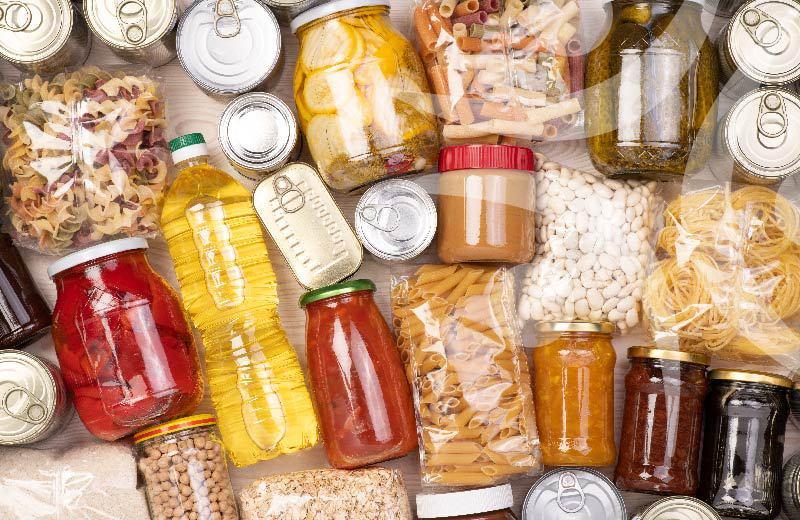Support your local food bank
On December 1, CBC BC hosted their annual Food Bank Day. For some, it’s a time to think about food charity and what it means for our communities. Food bank use has been increasing at alarming rates since 2019, with the highest increase ever happening in 2023. These concerning facts have many people and businesses wondering how they can help. If you have the means to donate non-perishable food items, the BC Food Bank’s top ten most-needed options include foods such as fruits and vegetables, protein foods, and grains. Your local food bank might have different needs, if you’d like, you can always call and ask what their priorities currently are.
Did you know that donating money is one of the best ways to support food banks?
According to many food bank staff, donating money to your local food bank, when possible, is the most effective way to be sure that nutritious foods are available for families. Here’s why:
- Both perishable and non-perishable items can be purchased by staff, which helps to ensure that food bank users have consistent access to a variety of nutritious foods.
- Food bank staff know exactly which foods are in need.
- Food banks are costly to run, so monetary donations also help with operational costs (e.g., building costs such as rent, hydro, and heat).
- They purchase in bulk and can buy three to four times more food with each dollar.
“Money helps us to buy foods when needed, so that we can have a good supply of food year-round. When we buy food, we can provide both perishable items (such as eggs, meat, and cheese) and non-perishables. That said, we are happy to receive any form of donation, whether it be food, money, or time (volunteering).” - Salvation Army staff member
How can you donate money to your local food bank?
- Food Bank BC has an online donation system.
- Your donations are eligible for a tax receipt.
- Your online donations help food banks across BC, including those in rural and Northern communities.
- If you know your local food bank, or another food program, ask how you can donate. Perhaps you can send an email money transfer, or you can drop by with cash or a gift card.
- Visit Food Bank BC to find a food bank near you.
Statistics on household food insecurity
Household food insecurity is when individuals or families can’t access the food they need because they don’t have enough money.
Northern BC has the highest cost of food in the province, as well as the highest rates of food insecurity:
- Based on data from 2018, approximately 17% (1 in 6) of households in Northern BC experience some level of food insecurity. This number is likely higher now in 2023 because of the effects of the COVID-19 pandemic and the cost-of-living crisis.
- Those most affected are single-parent households with children, those who rely on social assistance, and many people in the work force.
How can food banks help?
In Canada, household food insecurity is primarily due to a lack of adequate income to buy food. While food banks are not a solution to household food insecurity, they can help provide short-term, immediate access to nutritious food.
This holiday season, will you support a local food bank or other food program? If yes, consider donating money. This will help staff and volunteers buy high-quality, nutritious foods to support families during the holidays and beyond.
Note: This story was originally written in November 2017 and has been updated to include more recent data and context.














Comments